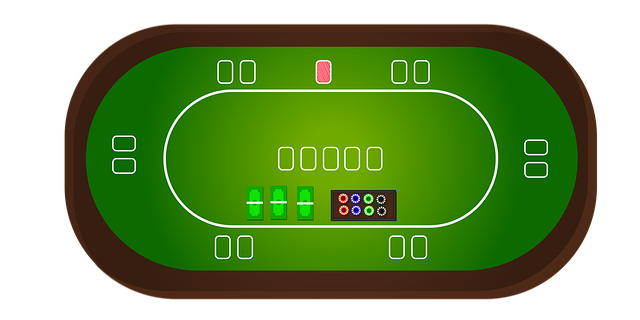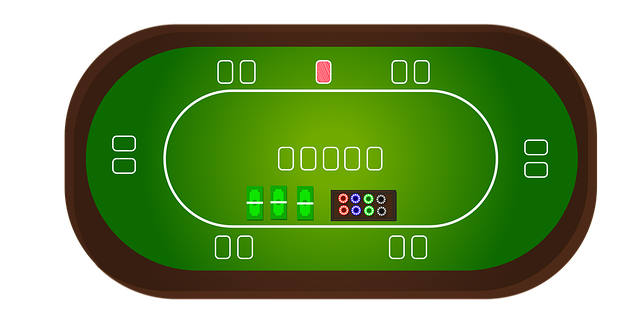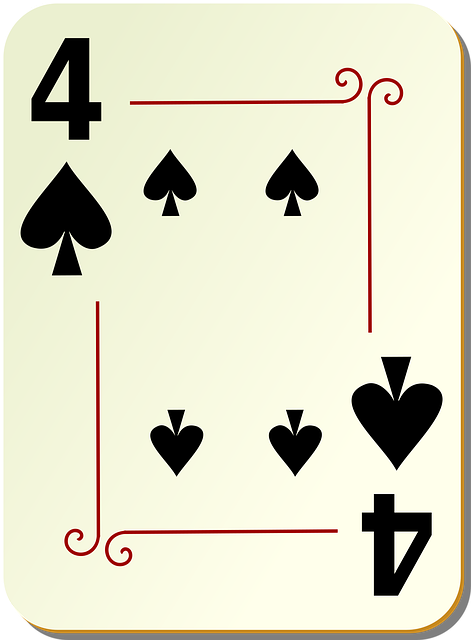Texas Hold'em, a popular poker variant, involves each player receiving two private cards and combining them with five community cards revealed in stages (flop, turn, river) to form the best 5-card hand. Players bet in rounds, using strategies like raising, calling, or folding based on their hands and the game's dynamics. Mastering betting rounds, blind structures, and hand rankings is crucial for how to play poker successfully and enjoyably.
Dive into the thrilling world of Texas Hold’em poker! This guide will transform you from novice to player with strategies tailored for success. First, grasp the fundamentals: what Texas Hold’em is and key terms. Learn about deck composition, dealing, betting structure, and bet types. Then, explore in-depth game strategies focusing on hand selection, board analysis, decision-making, bluffing, and more. By mastering these techniques, you’ll be ready to conquer any poker table.
Understanding Texas Hold'em Basics

Texas Hold’em is one of the most popular variants of poker, and understanding its basics is crucial for any aspiring poker player. The game involves two cards dealt face-down to each player, known as their hole or pocket cards. These private cards are combined with five community cards that are laid out on the table in three stages: the flop (first three cards), the turn (fourth card), and the river (fifth card). Players aim to create the best possible hand using any combination of their two hole cards and the five community cards.
To play Texas Hold’em, players must follow a structured process that includes betting rounds after each deal. The game starts with an initial bet, followed by subsequent betting rounds where players can either call, raise, or fold. Calling means matching the previous bet amount, raising involves increasing the bet, while folding signifies withdrawing from the current hand. The goal is to win the pot—the accumulated bets within a hand—by having the best combination of cards or convincing other players to fold by betting aggressively. Learning these fundamentals is key in mastering how to play poker and ensuring successful gameplay in Texas Hold’em.
– What is Texas Hold'em?

Texas Hold’em is one of the most popular variations of poker, and a staple in both casual and professional gaming circles. It’s a community card game where each player receives two private cards, known as hole cards, which they combine with five community cards dealt face up on the table to form their best possible hand. The objective is simple: create the strongest five-card poker combination to win the pot, determined by the highest ranking hand according to standard poker hand rankings.
Understanding how to play Texas Hold’em involves grasping key concepts like betting rounds, blind structures, and hand combinations. Players start by placing mandatory bets known as blinds, with one player assuming the role of dealer. Following a round of betting, three community cards are dealt face up in what’s called the flop. A second betting round occurs, then the fourth community card (the turn) is revealed, followed by another betting round. Finally, the fifth and last community card (the river) is turned over, leading to a final betting phase before players reveal their hands. This dynamic interaction of private cards and shared community cards creates a unique strategic challenge, making Texas Hold’em both exciting and engaging for poker enthusiasts and newcomers alike in the world of how to play poker.
– Essential Terms and Concepts

In the game of Texas Hold’em, understanding essential terms and concepts is crucial for new players aiming to master how to play poker. The core of the game involves each player being dealt two private cards (also known as hole cards), followed by five community cards shared face-up on a common table. The objective is to create the best possible hand from any combination of these seven cards.
Key terms like ‘flop’, ‘turn’, and ‘river’ refer to the sequence in which the community cards are dealt. Players aim to form winning hands using any five cards from their two hole cards and the community cards, often through strategies like matching, pairing, or straightening (in ascending order). Betting rounds allow players to raise, call, or fold, adding an element of strategy and risk management. Familiarizing yourself with these concepts is a significant step in learning how to play poker effectively.
Texas Hold’em is a captivating game that blends strategy, skill, and a touch of luck. By grasping the basic rules, understanding key terms, and practicing regularly, you can enhance your poker prowess. Remember, patience, awareness of odds, and knowing when to fold are vital skills in any poker game. So, whether you’re a novice or looking to refine your game, these steps provide a solid foundation for mastering How to Play Poker, specifically Texas Hold’em.






